Markets represent the heart of human commerce and cultural exchange, places where a destination’s raw energy pulses most authentically. Beyond mere shopping venues, the world’s greatest markets engage all five senses simultaneously—colorful displays dazzle the eyes, aromatic spices tickle the nose, vendors’ calls create distinctive soundscapes, textiles beg to be touched, and local delicacies tantalize taste buds.
The most memorable markets transform routine commerce into immersive sensory experiences. Here is a list of 20 markets around the world that offer the richest multi-sensory journeys.
Tsukiji Outer Market, Tokyo
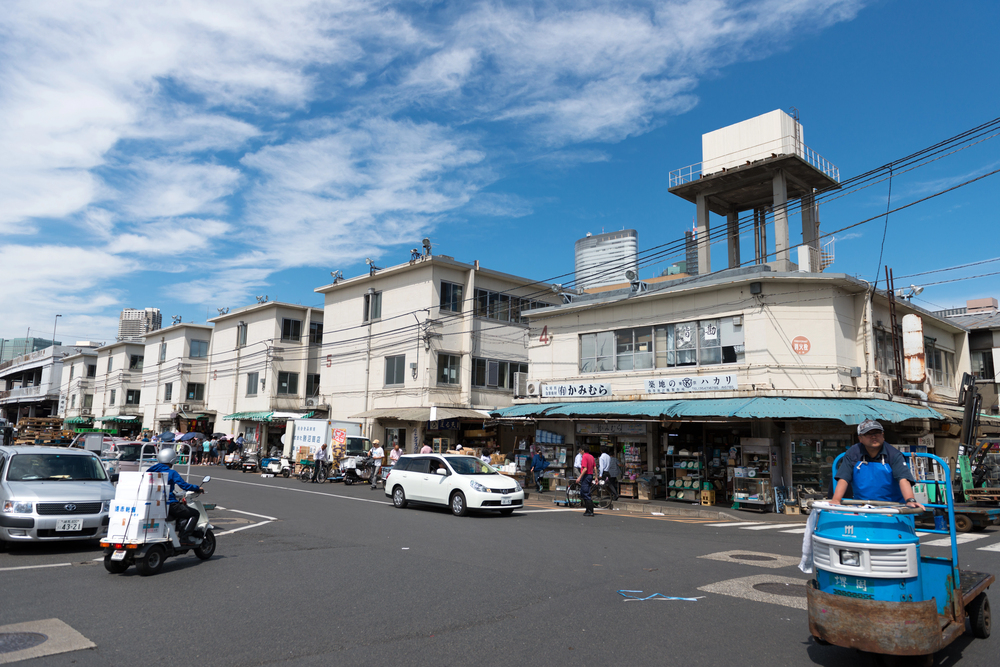
The historic outer market surrounding Tokyo’s former fish auction site continues to thrive as a food lover’s paradise. Narrow alleyways overflow with vendors offering the freshest seafood imaginable, from gleaming sashimi to grilled unagi.
The sizzle of cooking demonstrations mingles with vendor calls, while the unmistakable scent of the sea permeates everything. Early morning visits reward the spectacle of master chefs transforming the day’s catch into culinary art.
Grand Bazaar, Istanbul
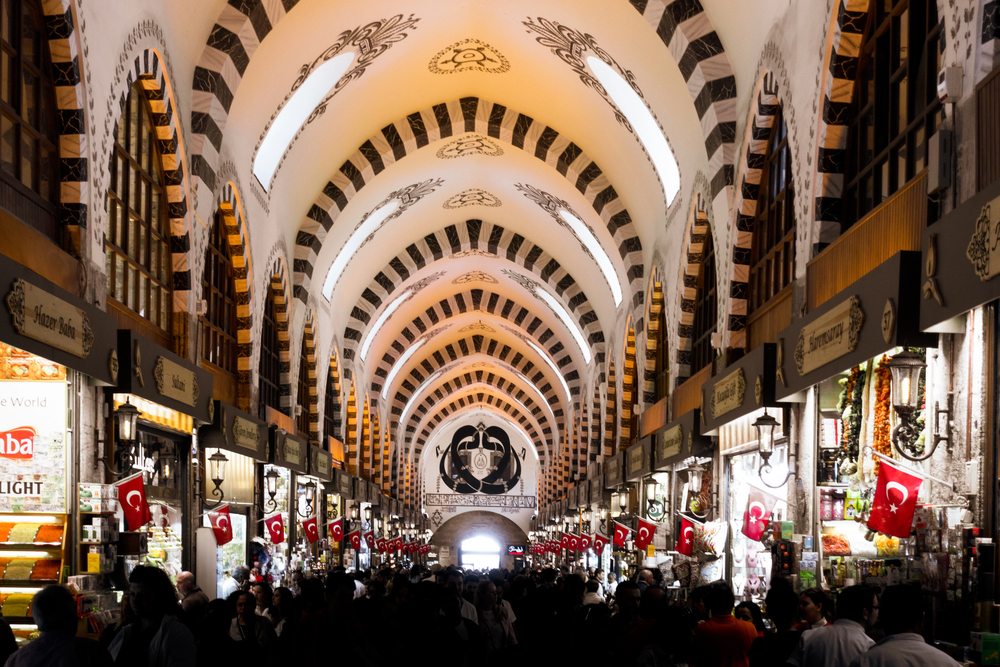
Istanbul’s Grand Bazaar encompasses over 4,000 shops across 61 covered streets, creating a labyrinth of sensory delights that has evolved since the 15th century. The melodic call to prayer echoes through corridors lined with shimmering textiles, glowing lanterns, and mountains of colorful spices.
Shopkeepers offer apple tea served in delicate glasses while demonstrating how Turkish carpets change color when viewed from different angles. The gentle hum of thousands of voices bargaining creates a distinctive soundtrack to this commercial cathedral.
Like Travel Pug’s content? Follow us on MSN.
Borough Market, London
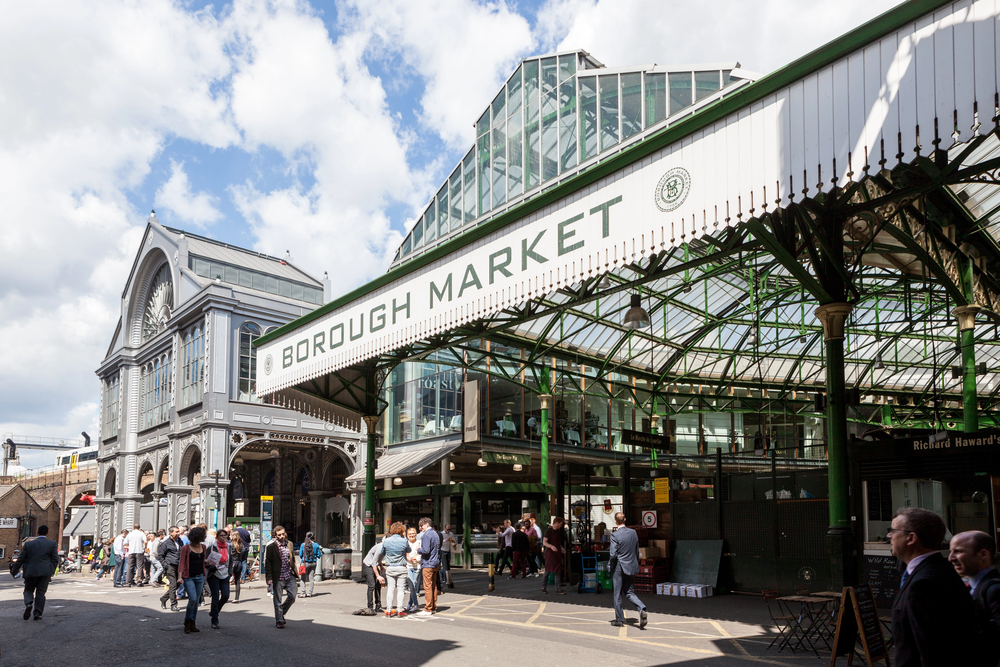
Nestled beneath railway arches near London Bridge, Borough Market combines centuries of history with contemporary culinary innovation. The market’s Victorian architecture frames artisanal cheesemongers, craft bakers, and charcuterie specialists proudly offering samples.
The aroma of freshly baked bread mingles with the earthiness of truffles and the pungency of Neal’s Yard cheeses. Weekend visits bring musicians performing among the stalls, adding musical notes to the sensory symphony.
Mercado de La Boqueria, Barcelona
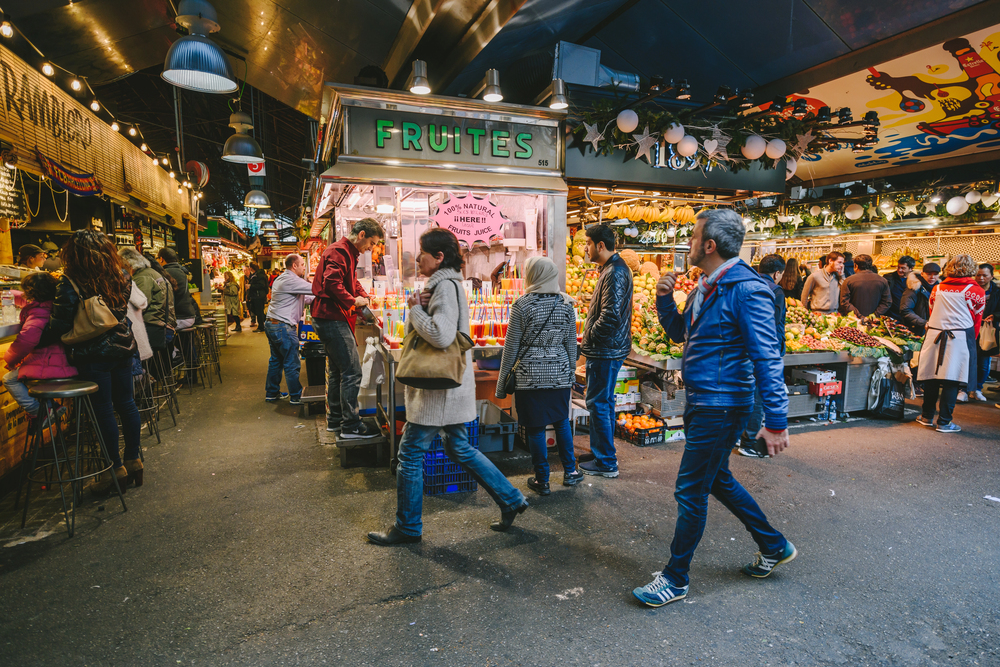
Just off Barcelona’s famous Las Ramblas, La Boqueria dazzles with artistic displays of produce arranged in vibrant color gradients. Iberian ham legs hang from ceiling hooks, their distinctive nutty aroma enticing visitors deeper into the market.
The contrast between the cool, smooth marble countertops and the rough texture of just-harvested vegetables creates tactile delights. The market’s central location makes it as much a gathering place for locals as a tourist attraction.
Chandni Chowk, Delhi

Old Delhi’s main thoroughfare hosts a market dating back to the 17th century, where sensory overload becomes an art form. The narrow galis (lanes) of the Khari Baoli spice market release clouds of cardamom, cinnamon, and saffron with each passing breeze.
Nearby, Dariba Kalan dazzles with jewelry craftsmanship that has passed through generations. The constant symphony of bicycle bells, vendor calls, and religious chants creates an auditory tapestry as complex as India itself.
Like Travel Pug’s content? Follow us on MSN.
Marrakech Medina, Morocco
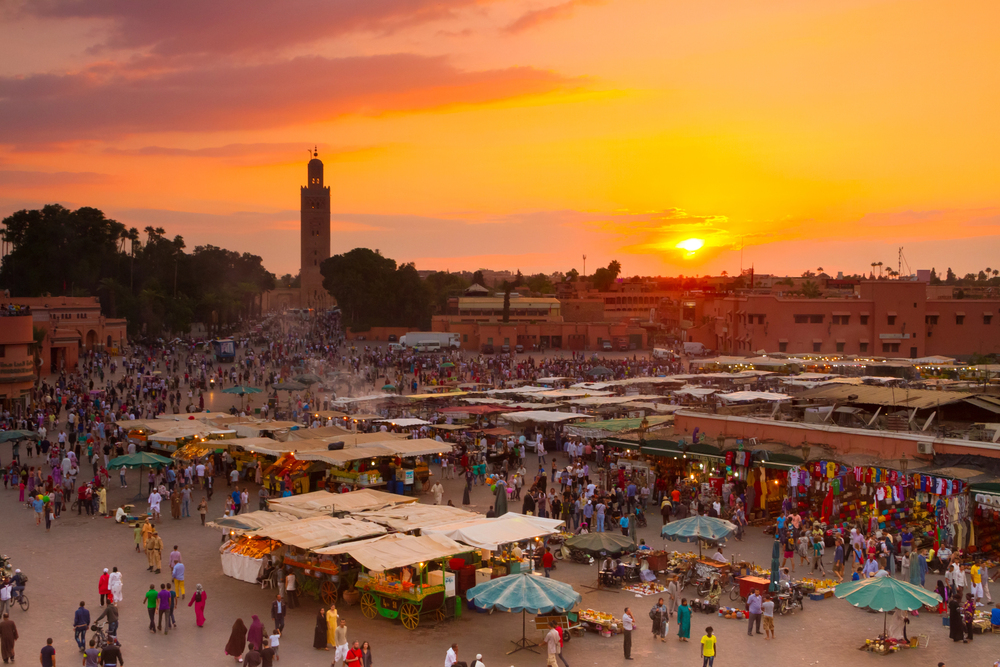
The ancient walled market of Marrakech creates the world’s most intense sensory experience. Berber spice merchants create towering pyramids of vibrant powders that perfume the air for yards around their stalls.
Snake charmers’ flutes compete with drummers and storytellers in Jemaa el-Fnaa square, a UNESCO-listed cultural space, while artisans hammer intricate patterns into metal in the souk’s deeper reaches. As evening falls, food stalls transform the atmosphere with the smoke and sizzle of grilling meats.
Pike Place Market, Seattle
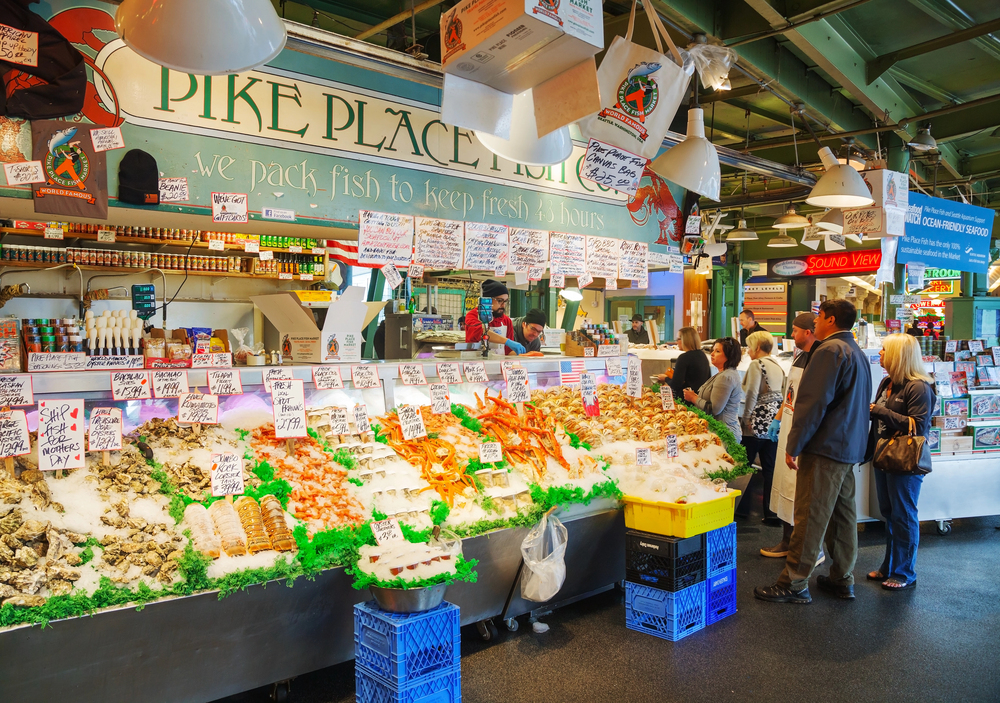
Perched above Elliott Bay, Pike Place combines spectacular water views with theatrical food presentations. Fishmongers launch fresh catches through the air to the delight of gathered crowds, while the market’s lower levels house artisans crafting everything from handmade cheeses to copper jewelry.
The original Starbucks location contributes its distinctive coffee aroma, competing with the sweetness of fresh flowers and just-baked pastries from family-owned bakeries.
Mercado Central, Santiago
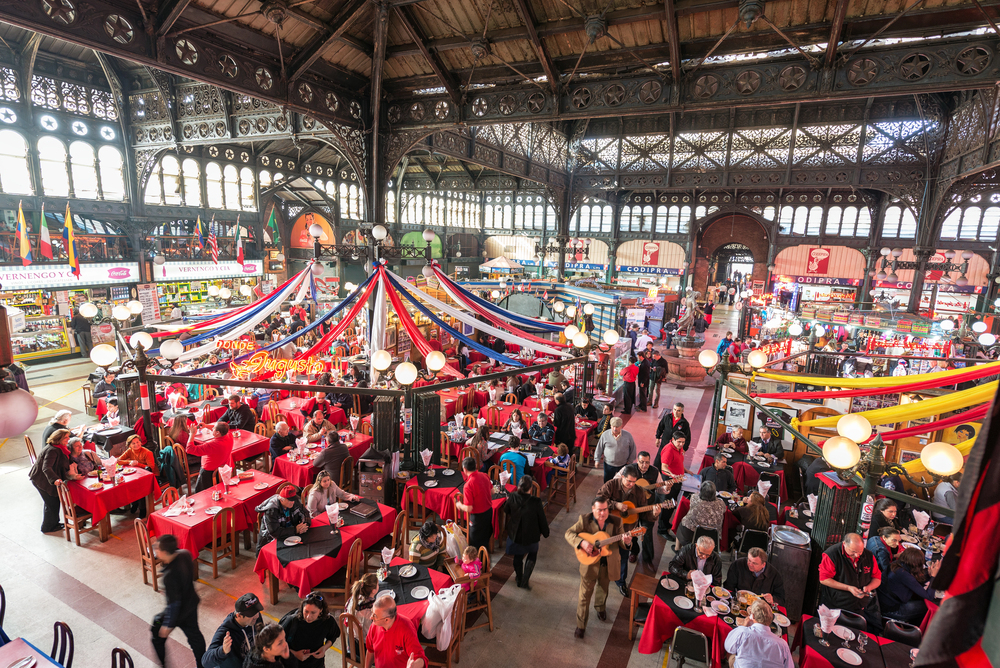
Chile’s premier market showcases the bounty of a country with 2,600 miles of coastline. The market’s wrought-iron structure, designed by European architects in 1872, houses seafood vendors offering species found nowhere else on earth.
Restaurants surrounding the market specialize in caldillo de congrio (conger eel soup), filling the air with savory garlic and cilantro notes. The contrast between the building’s cool interior and the warmth of friendly vendors creates a comforting atmosphere.Like Travel Pug’s content? Follow us on MSN.
Or Tor Kor Market, Bangkok
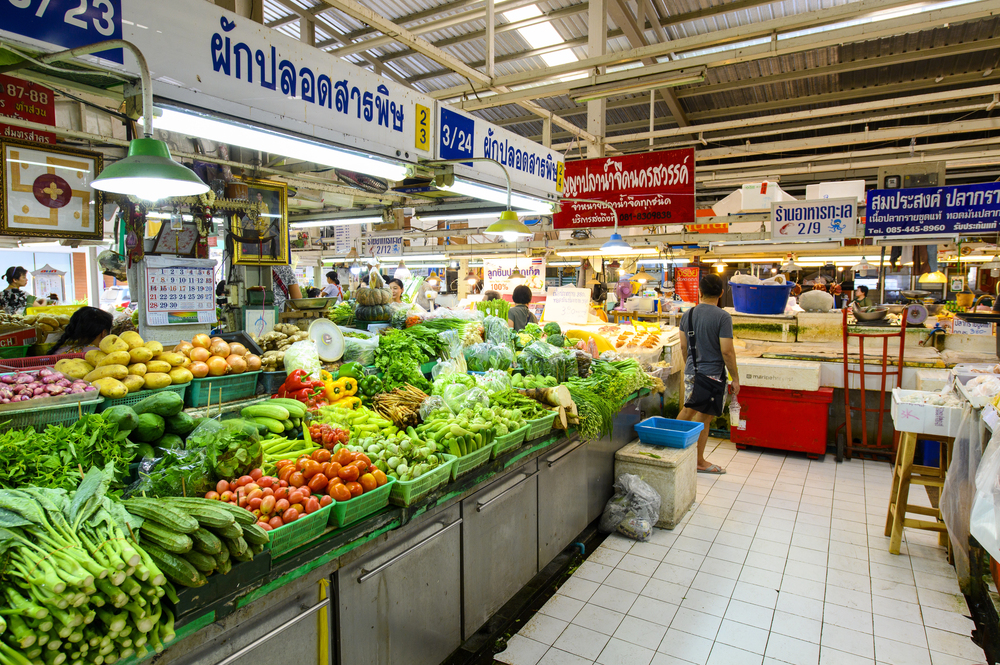
Consistently ranked among the world’s cleanest and most sophisticated fresh markets, Or Tor Kor presents Thai ingredients with museum-like precision. Exotic fruits like rambutan, mangosteen, and durian appear in perfect geometric arrangements next to vegetables carved into floral displays.
The market’s prepared food section offers regional specialties from across Thailand, creating a culinary journey accessible within a single location. The gentle hum of efficient commerce here contrasts beautifully with Bangkok’s typical chaos.
Mercado de San Miguel, Madrid
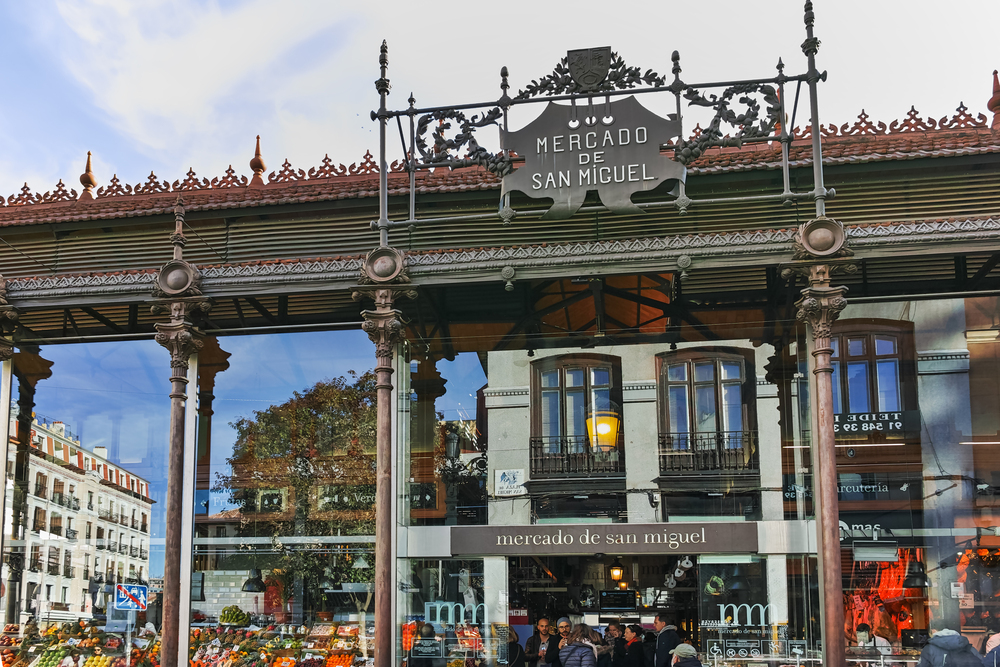
Housed in an early 20th-century glass and iron building, this upscale food hall elevates market shopping to the gastronomic theater—light floods through the historic structure, illuminating tapas bars where countermen slice paper-thin pieces of jamón ibérico. The clink of wine glasses and murmur of conversation create a sophisticated soundtrack, while the contrast between traditional Spanish products and innovative preparations demonstrates cuisine in evolution.
The market combines shopping with immediate gratification as purchases become meals consumed at communal tables.
Queen Victoria Market, Melbourne
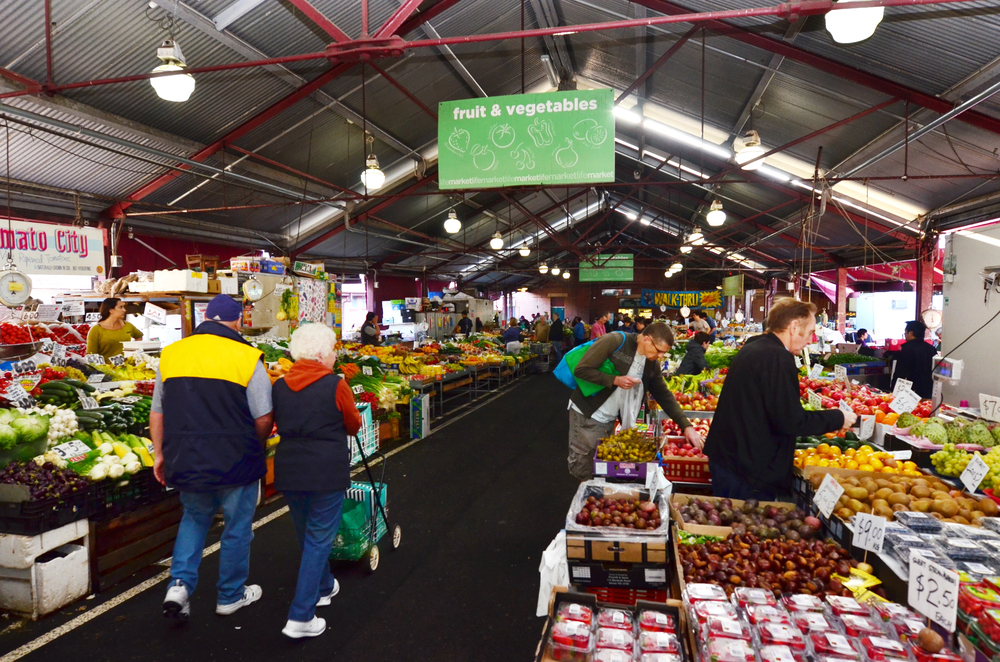
Australia’s largest open-air market has operated continuously since 1878, with heritage-listed buildings housing everything from artisanal cheesemakers to vintage clothing dealers. The market’s food hall features Italian delicatessens alongside Vietnamese sandwich shops, reflecting the city’s multicultural identity.
The distinctive call of the market’s doughnut van vendor—’American doughnuts, hot jam doughnuts!’—has become an iconic Melbourne sound. Winter months bring special night markets with fire pits and mulled wine, adding new sensory dimensions.
Like Travel Pug’s content? Follow us on MSN.
Spice Bazaar, Istanbul
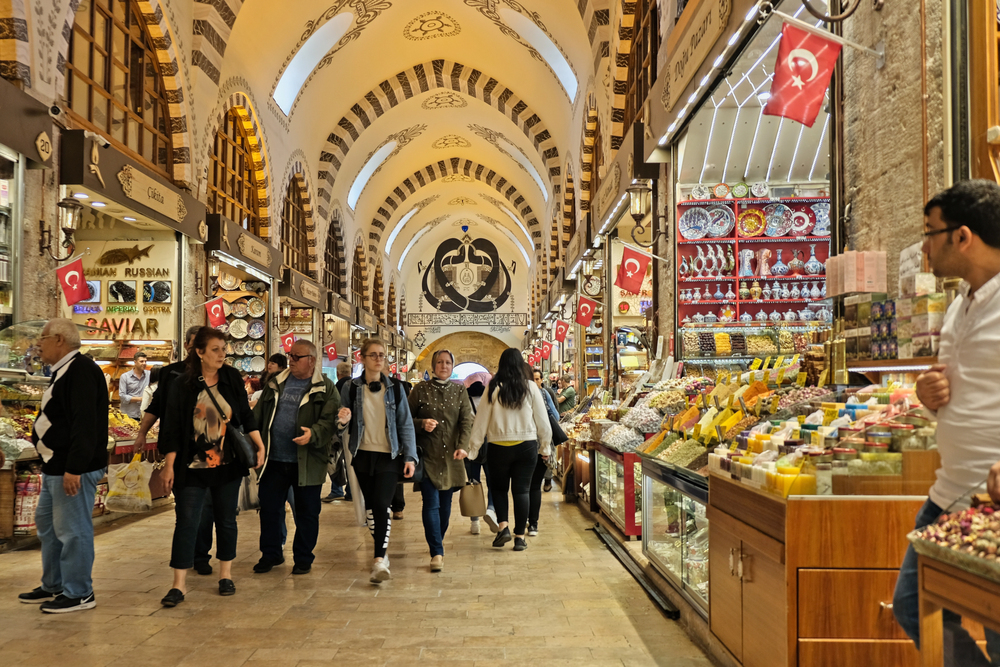
Also known as the Egyptian Market, this covered structure dates to the 1660s and remains focused on its namesake—spices from across the former Ottoman Empire. Saffron from Iran, cardamom from Guatemala, and vanilla from Madagascar create an olfactory map of global trade routes.
Shopkeepers encourage visitors to touch and smell their wares, offering pinches of mysterious mixtures with tantalizing names like ‘Sultan’s Aphrodisiac.’ The market’s proximity to the Bosphorus adds subtle marine notes to the predominant spice aromas.
La Vega Central, Santiago

Chile’s largest produce market pulses with authentic local life, far from tourist routes. Vendors compete for attention with creative vocal pitches, creating a distinctive market melody. Stalls overflow with Indigenous products like mote con huesillo (a peach and barley drink) and merkén (a smoky Chilean pepper blend).
The market’s organized chaos contrasts sharply with Santiago’s otherwise orderly atmosphere, providing an important connection to the country’s agricultural roots and rural traditions.
Kreta Ayer Wet Market, Singapore
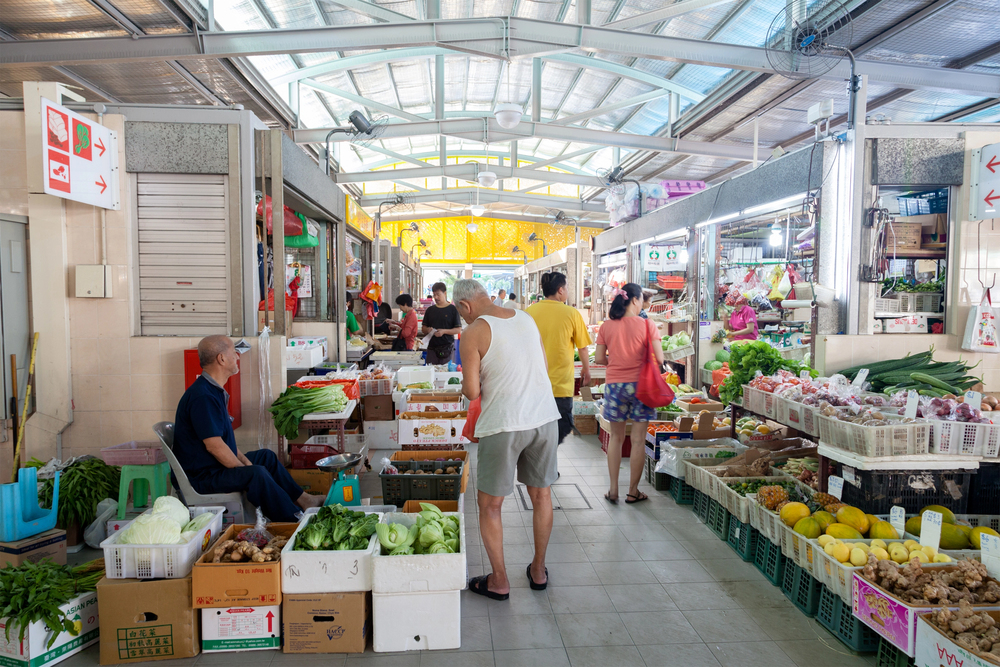
Singapore’s largest traditional market offers a fascinating glimpse into Chinese culinary traditions preserved within an ultra-modern city. The term ‘wet market’ refers to the constant cleaning of floors where fresh fish, meat, and produce are sold.
Early morning visits reveal elderly Singaporeans meticulously selecting specific cuts of meat and seasonal vegetables for daily meals. The market’s lower level houses a hawker center where the morning’s purchases are transformed into affordable culinary masterpieces.
Like Travel Pug’s content? Follow us on MSN.
Ferry Building Marketplace, San Francisco

Transformed from a transportation hub to a food destination, San Francisco’s Ferry Building celebrates the agricultural bounty of Northern California. Artisanal producers offer everything from single-origin chocolate to letterpress-printed packaging.
The building’s location along the Embarcadero provides spectacular bay views, while its weekly farmers market expands the sensory experience onto the surrounding plazas. The rhythmic arrival and departure of ferries add a nautical soundtrack to the sophisticated food hall.
Mercado de Pátzcuaro, Mexico
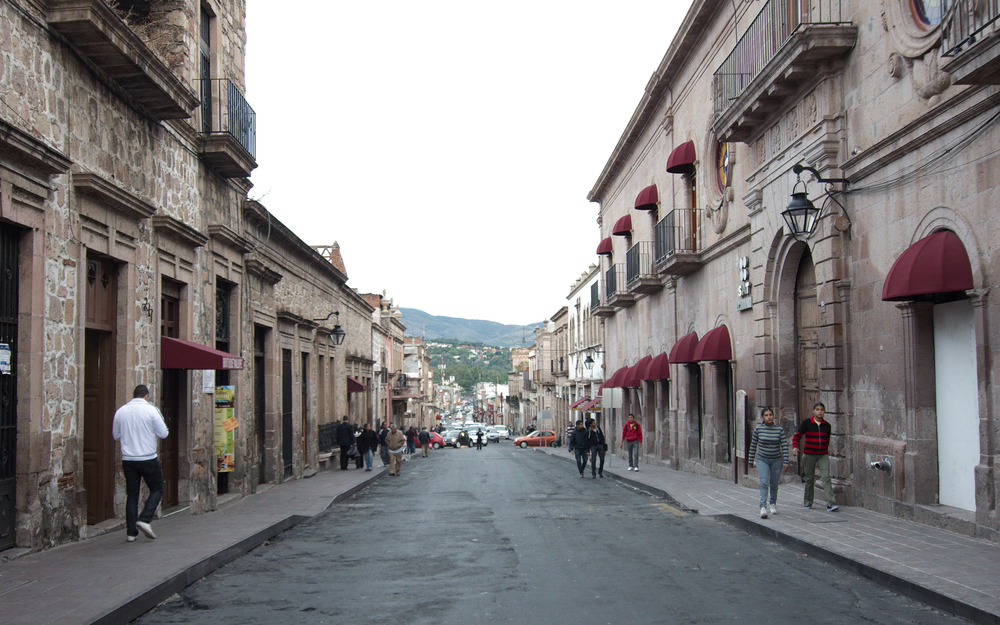
In the highlands of Michoacán, this market showcases indigenous Purépecha culture through food, crafts, and traditions. The market expands dramatically for Día de los Muertos celebrations when the aroma of marigolds and copal incense creates a distinctive sensory landscape.
Copper artisans from nearby Santa Clara del Cobre display generations of metalworking expertise, while vendors offering traditional atole drinks create steamy, cinnamon-scented islands throughout the market. The market represents a significant cultural touchstone in a region working to preserve indigenous traditions.
Camden Market, London

What began as a small crafts market in the 1970s has evolved into a sprawling complex of interconnected markets representing global counterculture. The aroma of street food from dozens of countries creates an international olfactory tour, while vintage clothing stalls offer tactile journeys through fashion history.
The market’s location along Regent’s Canal adds aquatic elements to the sensory mix, and its proximity to music venues ensures a soundtrack ranging from punk to dub to electronic beats throughout the day.
Like Travel Pug’s content? Follow us on MSN.
Mercado Central, Florence

Housed in a soaring 19th-century iron and glass structure, Florence’s central market showcases Tuscan culinary traditions with appropriate artistic flair. The ground floor focuses on fresh ingredients—butchers display bistecca alla Fiorentina cuts next to vendors offering just-made ricotta still warm from production—and the upper-level houses food stalls where these ingredients transform into classic dishes consumed at communal tables.
The market provides a respite from Florence’s artistic masterpieces with masterpieces of a more immediate, edible nature.
Owino Market, Kampala

Uganda’s largest market represents African commerce at its most vibrant and authentic. Over 50,000 vendors create a city within a city, offering everything from traditional medicines to secondhand clothing.
The market’s sensory landscape shifts dramatically between sections—the metallic sounds of tailors’ sewing machines give way to the earthy aromas of cassava and plantains in the produce area. Despite its chaotic appearance, the market operates on sophisticated social networks and represents an essential economic engine for the region.
Mercado de Abastos, Oaxaca

Mexico’s culinary capital reveals its secrets in this sprawling traditional market where indigenous ingredients meet Spanish colonial influences. Vendors specializing in chapulines (toasted grasshoppers seasoned with chili and lime) create distinctive displays next to mountains of mole pastes in seven traditional variations.
The market’s food stalls serve authentic tlayudas and memelas prepared by cooks using techniques passed through generations. The market captures Oaxaca’s unique cultural synthesis through its smells, flavors, and visual presentations.
Like Travel Pug’s content? Follow us on MSN.
The Essential Human Experience
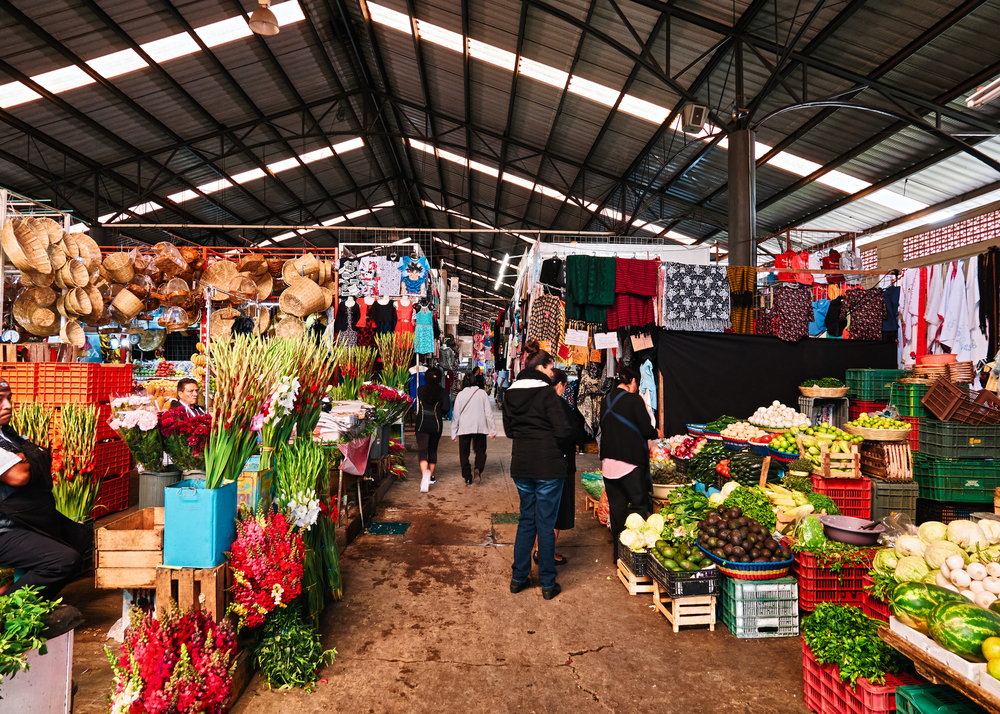
Markets connect us to commerce in its most fundamental, unmediated form—human to human, direct from producer to consumer. While online shopping offers convenience, these sensory markets provide something increasingly rare: fully embodied experiences that engage every sense simultaneously.
The most remarkable markets transcend mere shopping to become living museums of culture, places where ancient traditions adapt to contemporary life while preserving the essential human connection at the heart of all meaningful exchange. In an increasingly digital world, these analog experiences become more precious, reminding us that our bodies—not just our minds—are designed to experience the world in all its textured, fragrant, colorful, noisy, delicious complexity.
More from Travel Pug

- Cities Growing so Fast You Won’t Recognize Them in 10 Years
- 13 Destinations Where Tourists Regularly Regret Their Trip
- 20 Obscure WWII Sites Even History Buffs Don’t Know About
- 10 Under-the-Radar Mountain Towns That Are Both Affordable and Beautiful
- Remote Villages in Europe Where You Can Live for Free in Exchange for Work
Like Travel Pug’s content? Follow us on MSN.
